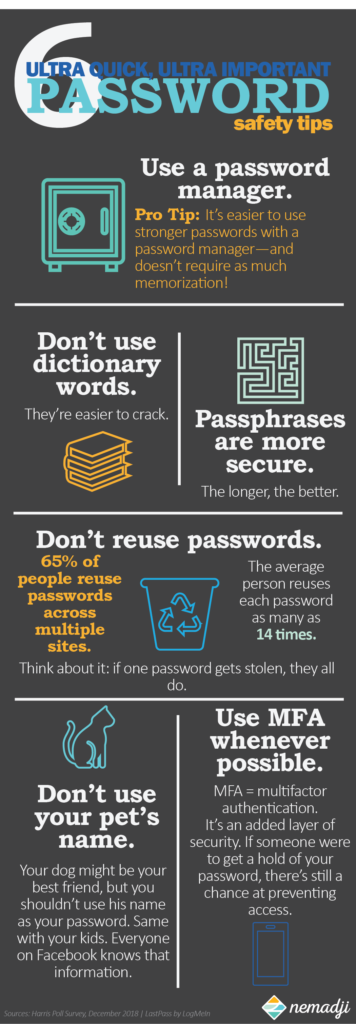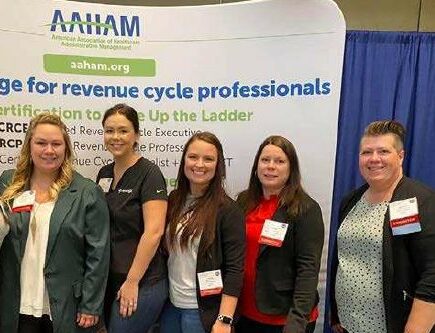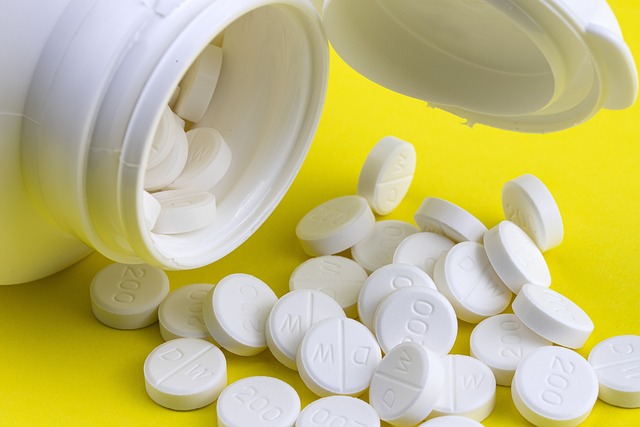October is Cybersecurity Awareness Month!
Cybersecurity Awareness Month–observed every October–was created as a collaborative effort between government and industry to ensure every American has the resources they need to stay safer and more secure online.
National CyberSecurity Alliance
Throughout the month, Nemadji will be sharing tips on how to stay safe online on our Facebook, Twitter and LinkedIn pages. Follow us and learn how to #BeCyberSmart!
Our focus for week one is on password security.
Here are six quick and valuable tips:

Use A Password Manager
Password managers are vaults that securely store password information.
Don’t Use Dictionary Words
Commonly used words/words found in the dictionary are easy for cyber criminals to crack.
A dictionary attack is a form of attack that attempts to crack passwords by entering dictionary words/combinations of dictionary words in an attempt to guess passwords.
Passphrases Are More Secure
Passphrases are longer than passwords and allow for stronger security–they should include a combination capital and lower case letters, numbers and symbols.
In addition, passphrases are easier to memorize than randomly generated passwords.
Don’t Reuse Passwords
Reusing passwords across multiple platforms is really making a cyber criminal’s job easier–cracking one password gives them access to all of your accounts from Target to Amazon to your bank.
Don’t Use Your Pet’s Name
Using something that is as easily identifiable such as your pet’s name is frowned upon when it comes to password security. The same goes for your child’s name, mother’s maiden name, the street you live on and so on. That information is easily available to a large number of people, especially through social media.
Another thing to watch out for is common passwords like abc123, qwerty and password.
Top 10 Most Common Passwords Worldwide According to NCSC
- 123546
- 123456789
- qwerty
- password
- 111111
- 12345678
- abc123
- 1234567
- password1
- 12345
Use MFA Whenever Possible
MFA stands for multifactor authentication—a must in maintaining account security.
MFA is a method used to verify account access. Here’s a simple example:

Multifactor two credentials to allow account access. Most often these credentials are something you know combined with something you have. In the example above, something you know (your password) and something you have (your phone) are combined to confirm your identity and allow access.
Withdrawing cash from an ATM is another example of MFA—you swipe your card (something you have) and then enter your pin (something you know).
Be sure to follow us for more helpful online safety tips throughout the month of October! #BeCyberSmart



